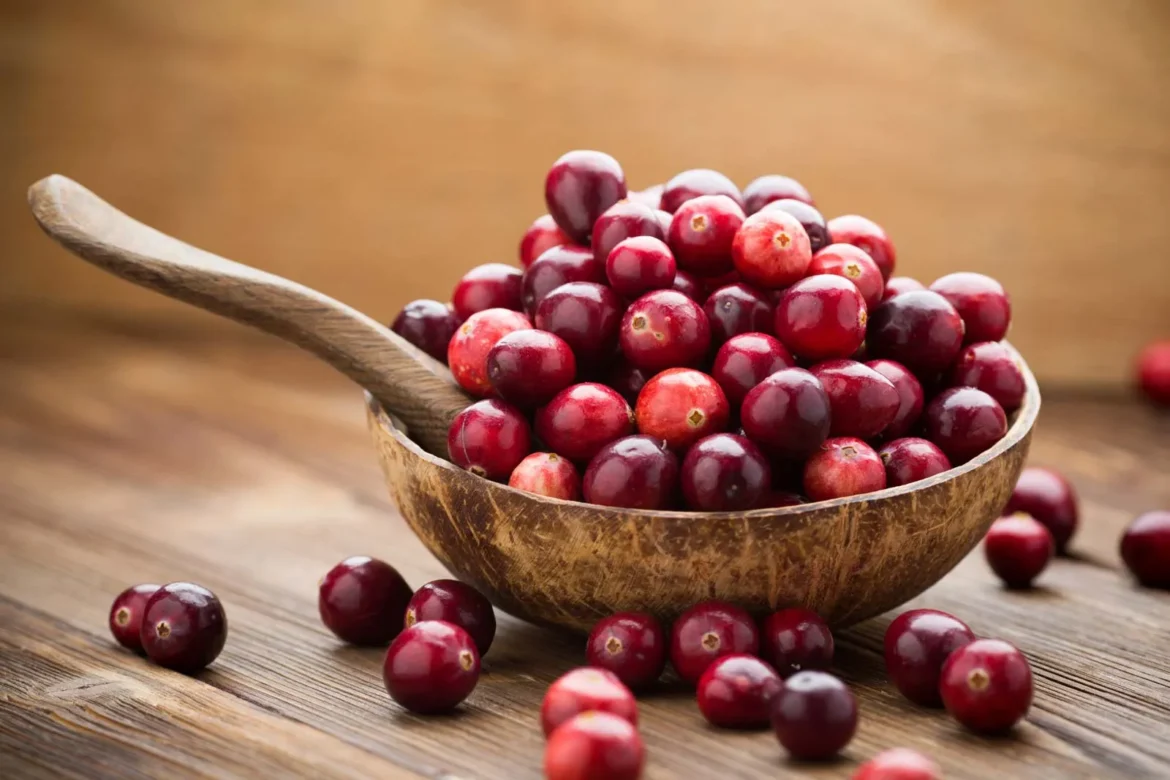Lipstick may boost self-esteem, complete an outfit, and prevent chapped lips. Sharing a tube with a friend or member of your family, though, can transfer disease. Cranberry extract was added to the mix by researchers at ACS Applied Materials & Interfaces to produce a version with antibacterial properties.
Viruses, bacteria, and a fungus that cause disease that come into touch with their deep crimson cream are swiftly rendered inactive. According to historians, the first humans to wear makeup were those in ancient Egypt, who applied pastes derived from local minerals and other ingredients. Although the formulas have changed over the years, experts are once more turning to natural substances.
For instance, according to recent studies, lipstick formulations including natural colourants, such red dragon fruit, can produce goods that have both bright hues and antibacterial action. Additionally, cranberry extract has previously been demonstrated to render bacteria, fungi, and viruses inactive. Angel Serrano-Aroca and associates aimed to develop a deep red lip colour with antibacterial qualities using cranberry extract.
Cranberry extract was blended into a lipstick cream foundation that also included shea butter, vitamin E, provitamin B5, babassu oil, and avocado oil by the study team. In trials, cultures containing several viruses, bacteria, and one type of fungus were put along with the reddish cream. Within a minute of coming into touch with the cranberry-containing cream, both enveloped and non-enveloped virus types were entirely rendered inactive.
Within five hours of using the cream, the multidrug-resistant bacteria, mycobacteria, and fungus were mostly rendered inactive. The researchers hypothesise that a number of disease-causing germs may be shielded from by their cutting-edge lipstick mix. The Spanish Ministry of Science and Innovation as well as the Fundacion Universidad Catolica de Valencia San Vicente Martir have provided financing to the writers.





